A reporter reflects on the grim reality of covering the Nepal earthquake
I stepped out into the dry, cool Nepal air outside of the airport at 3:30 a.m. and a series of unpleasant prospects dawned on me: One, my phone didn’t work; two, I had no Nepali money and the ATM was broken; and three, I didn’t have a ride.
Another journalist from the team with which I was scheduled to work passed along the contact of a guy who could pick me up, but it was pushing 4 a.m., and my arrival was scheduled for 7 the night before. Even if the guy was awake, or free, I had no working phone with which to contact him. And then fourth problem: Even if a ride could be obtained, I had no destination, no hotel. All of that was supposed to be determined once I met my guy.
I bumped into a journalist friend from a London paper, and we exchanged some words about our guys:
“Do you have a guy?”
“Supposed to, you?”
“Mine’s gone. Where’s yours?”
“Don’t know. Your phone work?”
“No, yours?”
“No, and because of that I can’t use it to call my guy.”
My friend had a room at the Radisson. Maybe, if nothing else, he would be kind enough to let me sleep on the floor until something could be worked out. I grabbed the shoulder of a man in a black knit cap standing by a white car.
“Can you take us to the Radisson?”
“For what?”
“American dollars.”
“Thirty.”
“Twenty?”
“Twenty-five.”
I’m not entirely convinced that he was a real cabbie. His rate seemed steep, but he had a car, and with it came leverage. As we drove into Kathmandu from the airport, I saw buildings in the darkness that looked dilapidated, but nothing that jarred me. Living in Mumbai for half a decade now, the sight of a few decayed buildings doesn’t set off alarm bells. When we finally reached the Radisson, the desk agent rejected us.
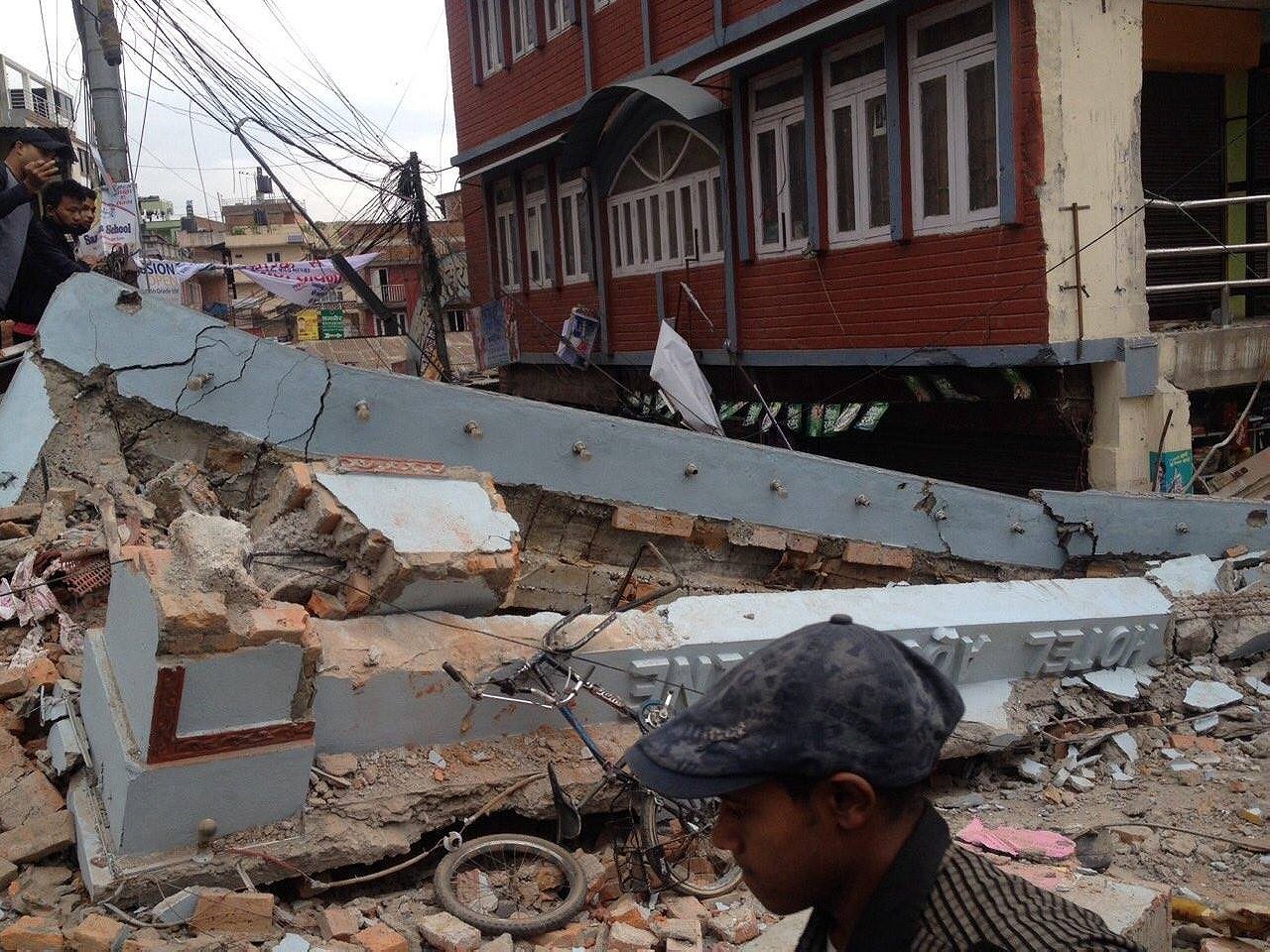
“But a man booked it from London,” the other reporter said.
“No reservations. There’s been an earthquake.”
“But he called—from London.”
“I’m very sorry, sir.”
It took me an hour to figure out that the hotel had been spared destruction, but the threat of aftershocks, in the wake of a massive one the city had experienced while we were en route, was too great for them to allow people inside. We got back in the car, and I told the driver to take us to the Yak and Yeti, a luxury hotel and the only other place I had ever heard of in Kathmandu. There, people slept all across the floor of what was designed to be a warm, ski lodge–esque lobby, but now looked more like the Port Authority bus terminal on New Year’s Eve. Like the Radisson, nobody was allowed upstairs, or into rooms, but travelers here were allowed to sleep on floors, with or without a reservation. The man at the front desk gave us whatever they had left to sleep on: two pillows, and one blanket. I had a sweater, so I let my friend keep the blanket.
I saw a short man in a blue blazer with a big moustache talking on the phone, and ran to him. He was ranting to someone about the living conditions after the quake. I begged him if I could use his phone to call my wife Aadya in Mumbai, so I could tell her I was okay. It was the first and hopefully last time I hope I will ever have to ask a stranger to make an international call using his phone; it felt as natural as walking up to someone at random and asking them for a hundred bucks.
“I’m alive,” I told her.
“What’s happening?”
“I have no idea.”
A small aftershock sent everyone running and screaming for the exits
We spoke just long enough for me to tell her to go to Vodafone in the morning to straighten out my phone.
Twenty minutes later a small aftershock sent everyone running and screaming for the exits of the hotel, I sat down at the information desk, slumped over, hugged my pillow, and listened to “Blue Bell Knoll.”
I got in about an hour and half of sleep doing that before a mosquito bit the webbing between the index and middle fingers of my right hand, waking me up. I was able to brush my teeth, wash my face with yellowish sort of hand soap, and cram three granola bars into my face. Someone put a cup of black coffee under my line of sight, and I drank it. I still didn’t have a phone, or Wi-Fi, but I went out looking for a story anyway. When things did come back to life, I figured, it would be best to have something to submit to my editors. And that’s when the vibes I felt at the airport started to turn into actual experiences.
History lay broken beneath my feet
I imagine that few moments in my life will ever feel quite as surreal as the morning of April 27, 2015, when I looked down under my shoe to realize that I had climbed on top of a hill composed of the rubble of a destroyed UNESCO World Heritage site. I had scaled the pile of crumbled wood, using the kind of hold and balance climbing technique employed by little kids on a playground, so I could get a good enough vantage point to take an iPhone picture of the sprawling wreckage of Durbar Square. Without having visited the popular tourist spot when it was still in one piece, I didn’t fully realize the degree to which ancient temples composed almost the entirety of the square before the quake had swept through.
Now, history lay broken beneath my feet: A wooden bannister, dyed a delicate red, carved with the sort of intricate floral designs that would have earned it placement at the Metropolitan Museum of Art, sat there, under my right foot. I studied it with detached bemusement, sort of the way you experience things in a dream when they don’t seem to follow the logic of our normal, everyday world.
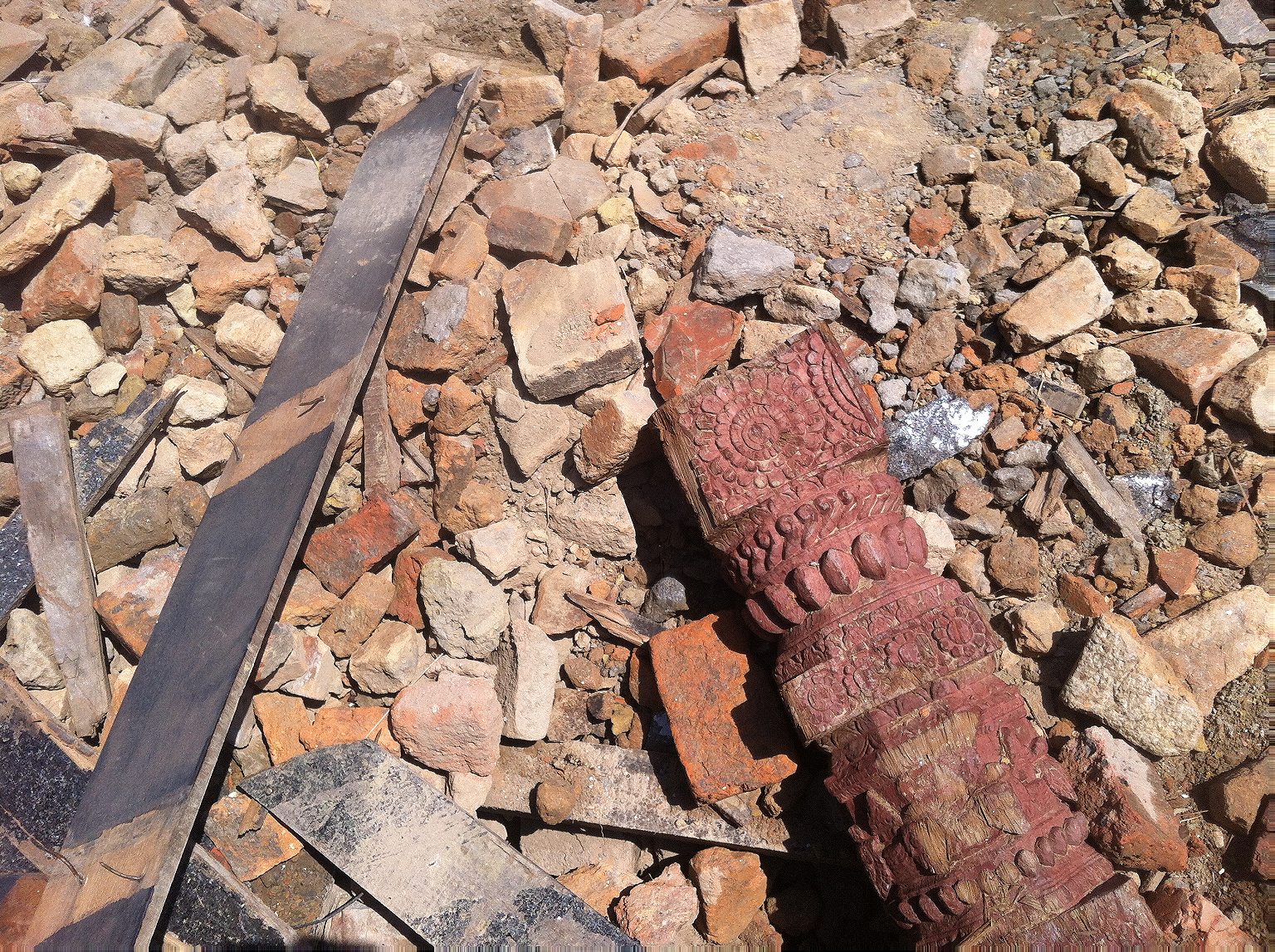
As I explored Kathmandu throughout the day, the citizens remained impressively cooperative and friendly. Watching people get along in the middle of such a tragedy was the kind of thing that humbled me during the trip. Here I was, complaining about poor phone service, and people who had lost everything they owned lined up cooperatively, joking with one another, as they waited on 20-minute lines for ladled rations of dal chawal.
The hundreds of people living in tents I first saw early that morning seemed to at least triple by nightfall. Many of them recounted horror stories to me about falling roofs with a calmness that would have seemed false, if written into a work of fiction. At around 9:30 p.m., a small aftershock rocked the tents, causing an eruption of screams. Outside of Annapurna, one of the few hotels in town with working Wi-Fi, a young white woman, who I later learned was there as a guest to a wedding that never took place, was crying in a raw, musical stream of French.
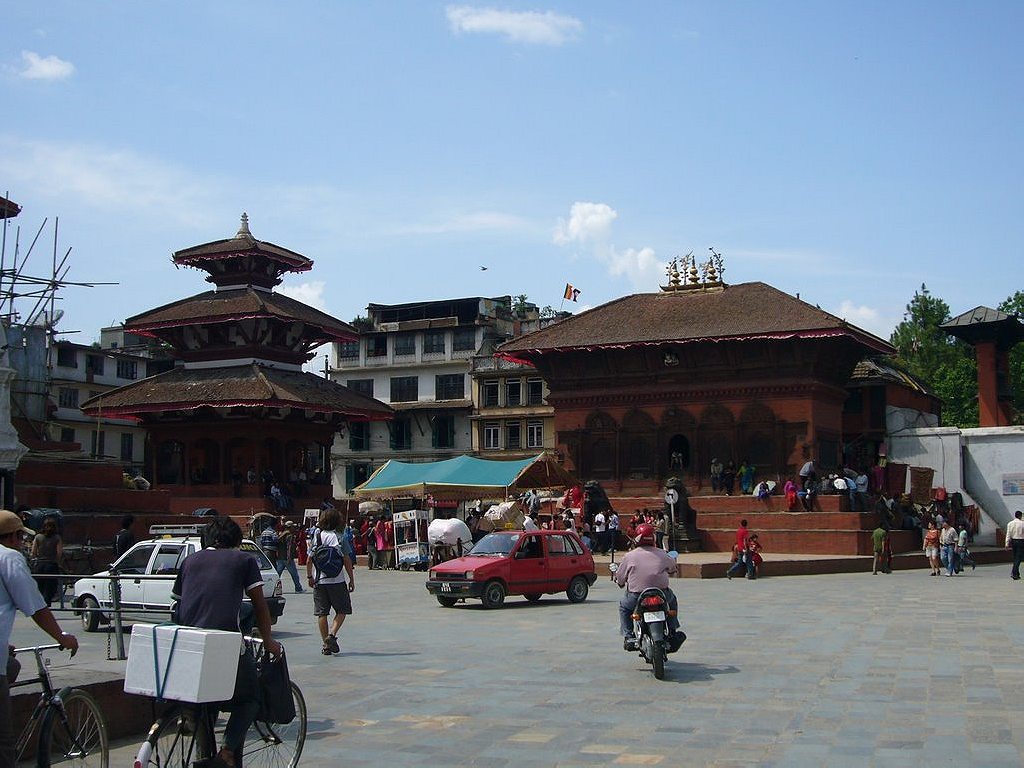
“I promise you, I promise,” someone with a heavy Indian accent repeated to her in English. “I promise you that the worst is over.”
For the wealthy, and for foreigners, that might have been true, but for everyone else, it was apparent that life in Kathmandu could never be the same again. The city’s architectural heritage lay in ruin, and with it, a big slice of Nepal’s tourist industry. The death toll in the stories my colleagues and I filed was perpetually revised upwards—a phenomenon that continues nearly two weeks later.
On the morning of April 28, I had ambitions of reporting from the basecamp of Mount Everest, where an avalanche decimated almost everything in its path. There were two ways of getting there, a man who worked at a hotel desk informed me. I could fly to a smaller airport and hike for six days, or rent a helicopter, which would cost a little more than $5,000 due to a fuel shortage. I had neither the time nor the travel budget to do either, so I went looking for something else to write. I stumbled across an article from the Israeli Ha’aretz, which trumpeted the arrival of Israeli troops to the Birendra Military Hospital on the outskirts of Kathmandu. Almost as an afterthought, the article mentioned the hospital was serving as one of the country’s primary trauma centers. It seemed like a decent place to look for a story.
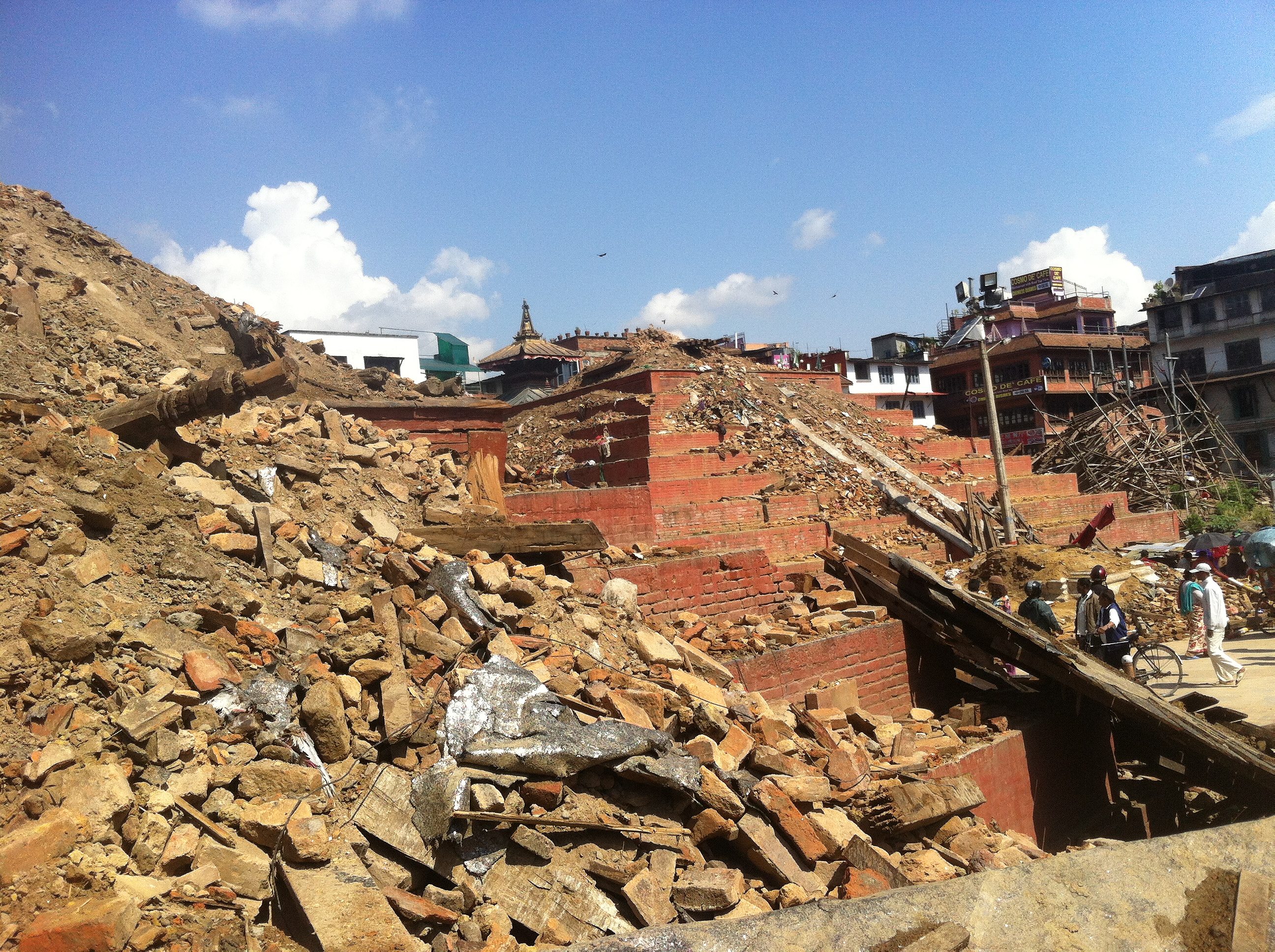
I didn’t see any other journalists at Birendra, but I did see horror. I saw pre-teen girls with broken faces, an old woman with her legs half-torn off at the knee, and a screaming young boy with blood streaming down his torso. I also saw staggering acts of heroism: doctors who were willing to work for days without sleep, and soldiers carrying wounded children across their shoulders and into big green medical tents.
Also, a strange thing happened to me at Birendra that had never happened to me while reporting: I cried. When I met a young girl named Ronisa, who was the lead of my story, I found myself at a loss to imagine myself in her shoes. She had been in a house when everything collapsed on top of her, killing her entire family and leaving her with internal injuries that threatened to kill her too, or at the very least permanently damage her brain. I finished talking to her doctor, mumbled something to the effect of “thank you very much,” and then walked into the open air to weep under a tree.
The next day, I paid a cabbie to take me to Sindhupalchowk, a rural district some 40 miles outside of Kathmandu, the place from which Ronisa was rescued. Based upon the wounded people I had seen in Birendra who hailed from there, it was a story.
But after a 2½ hour drive, reflective of the country’s rich, mountainous landscape, I found too many stories to possibly ever tell in one 800-word newspaper article. Every house was smashed; most were just piles of yellow bricks and metal wires that twisted through the air like barren trees. Dead bodies lay under everything. A Western Union building, the only contemporary-looking business that I saw still standing, had started what looked like a slow, inevitable descent off a cliff. No aid workers had come. No one was there to help.
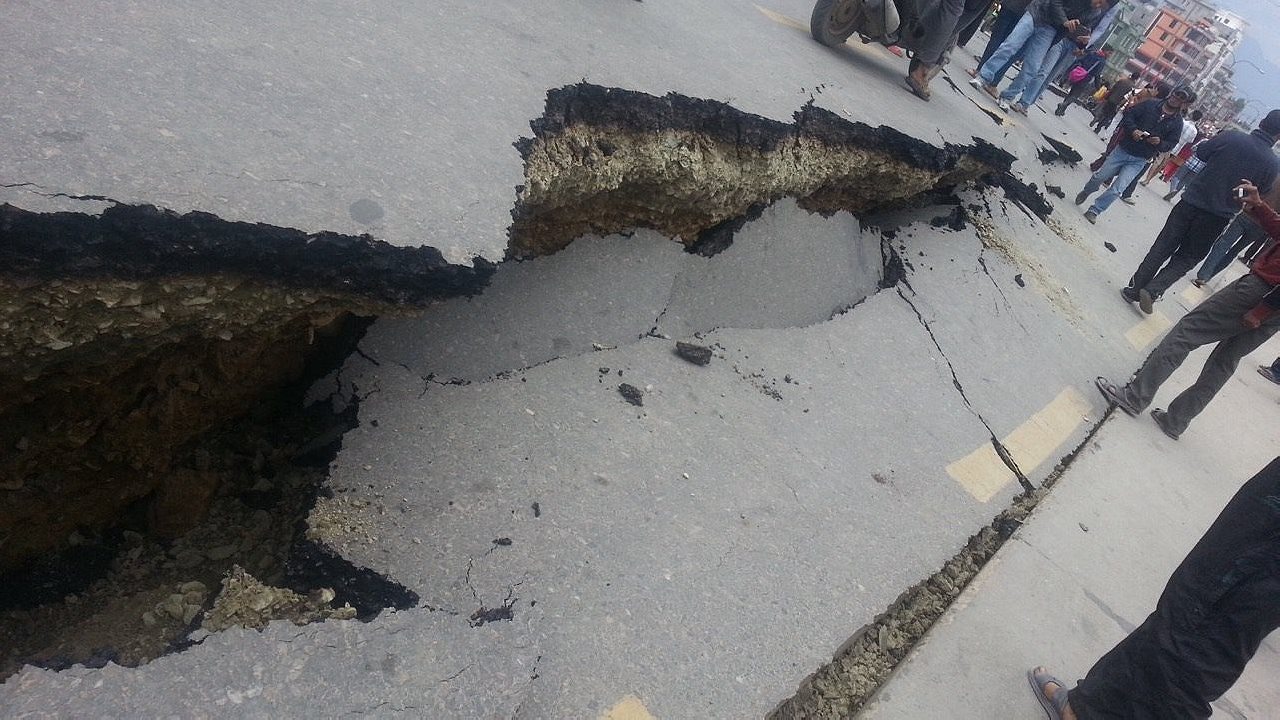
Twice, I felt tempted to slip money into people’s hands, and stopped myself. The ethics of it, given my position as a reporter, felt questionable then. Now, I wonder if it would’ve been the most valuable thing I would’ve accomplished during my stay.
The story still haunting me today, however, is the one that felt least consequential at the time I reported it. Essentially, it started when someone on Aadya’s Facebook timeline who lived in Kathmandu posted something about an orphanage that had been ruined in the quake, and announced that it was an outrage that the children who lived there were just sitting around the outside of the place, in the rain, in dirty clothes, with no one to protect them but God. Aadya brought it to my attention while I was still filing the hospital piece. My phone was finally working, and so I called her about it.
“I just—can’t right now.”
“But they’re orphans—you have to report on it.”
“I’m sorry, I don’t know.”
“They have no one.”
When I showed up at the orphanage on Thursday, April 30, to do my last story, it wasn’t nearly as badly destroyed as most of what I had seen in Nepal, and none of the orphans had been killed. The building, a big, regal looking thing with ties to Nepal’s royal family, had been destroyed enough to render it uninhabitable, however, and most of the 135 kids who lived there, the babies, and the girls, mostly, were shipped off to another orphanage, which was now severely overcrowded. So far, nothing about the situation was uniquely horrible. But 17 adolescent boys were sleeping out in the garage of a government building. The boys were dirty, underdressed, cold, and homeless. It was sad, and that made it a story worth reporting.
The first thing that horrified me about the orphanage had nothing to do with the earthquake at all. In my research, I had learned that two men who worked there were jailed in December 2014 for the repeated rape and sexual abuse of blind and autistic girls. These guys used to get pissed on cheap booze and pretend to be Bollywood actors before raping the defenseless children on a daily basis. The image of it sickened and enraged me. The story overshadowed everything else I saw.
The second thing that got to me was an 11-year-old boy named Sagar, who I ultimately profiled in my piece. After having interviewed the boys in the garage, Sagar followed me outside, and reached up to hold my forearm as I walked. And when I say that this kid held my forearm, I mean that he really took the thing, and tried to squeeze the life out of me. It was a desperate act, a way of saying “please take me with you, and get me out of here.”
He walked with me like that, squeezing my forearm with all of the loving strength in his hands for at least fifteen yards before the pathway leading to the exit of the place became a thinned out patch of greenery next to a drain, presenting only enough walking room for one person. When we reached that spot, he squeezed my forearm tight one last time, and then, very gently, very reluctantly, let me go.
When I looked back, Sagar was still where I left him—looking back at me with his heavy, black eyes.
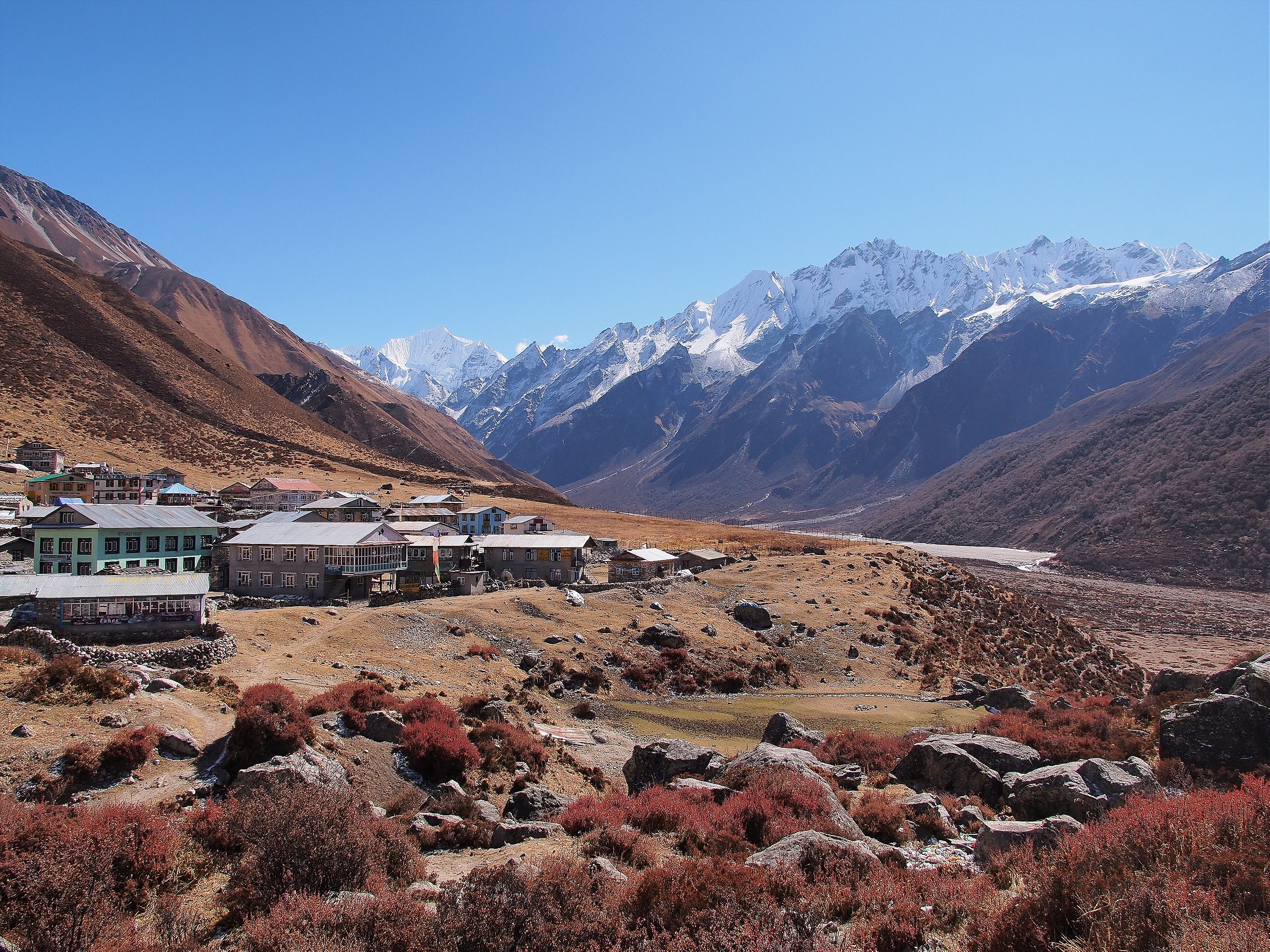
I returned to Mumbai the next day, and I haven’t felt normal since. I accidentally walked into a moving cab the other day. When I went for my nightly run at the maidan behind my apartment the other night, I stopped to take a breather, and I promise you that I felt the invisible touch of a child’s fingers on my forearm, where Sagar had grabbed me last Thursday by the garage.
It almost felt like how amputation patients describe phantom limb syndrome. The boy was there. Right there, if just for a split second. I suspect that I will continue to feel his fingers, touching my forearm on occasion for a long time to come. Maybe my wife and I will send him some new clothing or toys, and he’ll go away. Maybe writing this piece is the first step I need to take to forgive myself for being back home, while he had to stay behind. Maybe this is my first attempt to ask him to please let me go.
